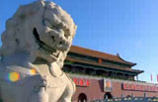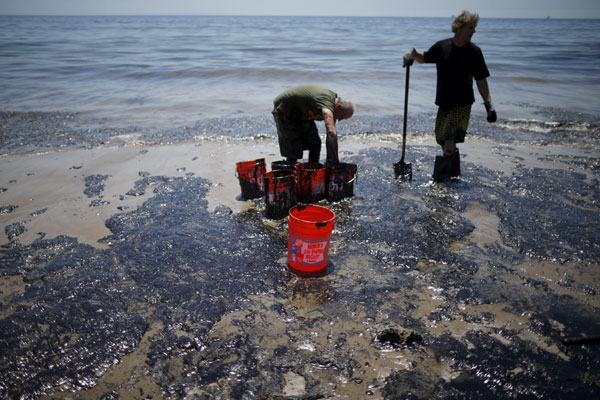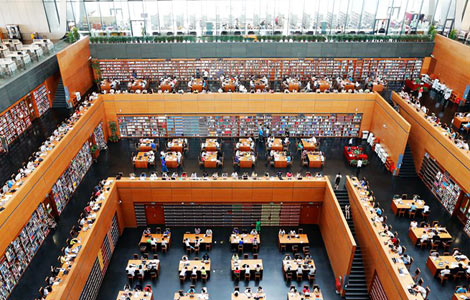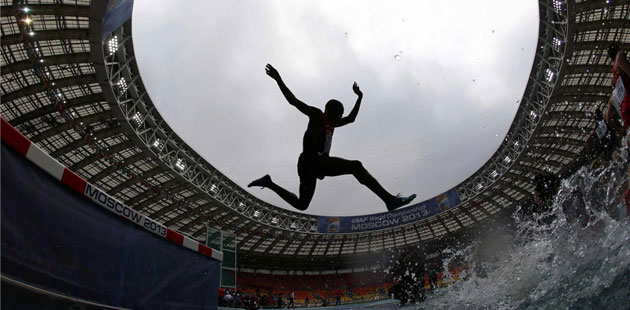Crews work to clean California beach fouled by oil pipeline spill
Updated: 2015-05-21 11:25
(Agencies)
|
|||||||||||
GOLETA, Calif.- Cleanup crews fanned out on Wednesday across an oil-fouled California beach to scoop up gobs of petroleum spewed from a ruptured pipeline in the largest oil spill to hit the pristine but energy-rich Santa Barbara coastline in nearly two decades.
The breach was believed to have spilled up to 2,500 barrels (105,000 gallons) of crude petroleum, five times more than initially estimated after Tuesday's rupture, the pipeline company said in an update posted online on Wednesday.
Plains All American Pipeline called its latest estimate "a worst-case scenario," based on the pipeline's flow rate and other indicators.
The 24-inch-wide pipeline, which runs underground parallel to a coastal highway west of Santa Barbara, inexplicably burst late on Tuesday morning, belching crude oil down a canyon, under a culvert and onto Refugio State Beach before it reached the water's edge, US Coast Guard officials said.
Plains shut down the line as soon as "abnormalities" were noticed by a control room operator, Plains said. But company spokesman Brad Leone acknowledged that a residual amount of oil in the pipeline drained out after that.
By Wednesday, a 4-mile (6-km) stretch of beach was blackened, and an oil slick spanned more than 9 miles (14 km) of the ocean, the Coast Guard said.
It marked the biggest oil spill in the region since an offshore rupture in 1997 that dumped up to 1,000 barrels of crude into the Santa Barbara Channel, about 125 miles (200 km) northwest of Los Angeles, said Kevin Drude, deputy energy director of the county's Planning and Development Department.
That spill, and Tuesday's accident, pale in comparison with the estimated 80,000 to 100,000 barrels of oil that gushed into the channel from an offshore oil-well blowout in 1969 and still ranks as the largest oil spill ever in California waters.
Related Stories
Oystermen still suffer five years after oil spill 2015-04-21 07:39
Oil spill in Israel, one of 'worst' environmental disasters 2014-12-05 11:32
BP may face $18b fines for 2010 oil spill 2014-09-05 10:30
Today's Top News
China, Brazil launch new era of economic relations
China jumps 28 positions in global tourism competitiveness ranking
Xiaomi debuts in US, Europe with online store
Milan Expo highlights need to ensure healthy, safe, sufficient food for all
Brazil embraces third wave of Chinese investment
China eyes 'capacity exports' to sustain growth
US signs new loan guarantee agreement for Ukraine
Editorial: Support for Hong Kong reform plan overwhelming
Hot Topics
Lunar probe , China growth forecasts, Emission rules get tougher, China seen through 'colored lens', International board,
Editor's Picks

|

|

|

|

|

|







